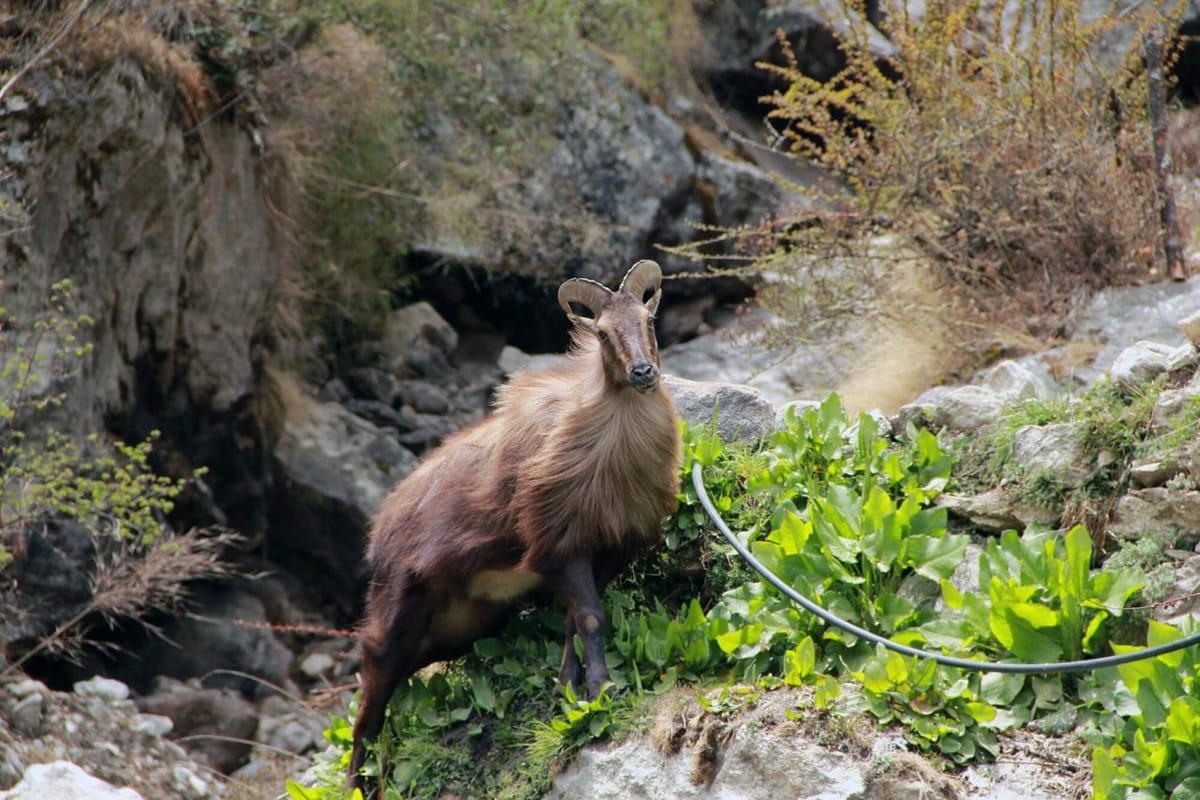The Department of Conservation (DOC) says hunters seeking a trophy Himalayan tahr can now access new maps showing where mature bulls were seen during recent control operations.
Last month’s High Court decision allowed DOC to undertake up to 125 hours of control while it consults the Tahr Plan Implementation Liaison Group on its operational control plan for 2020/2021.
DOC has analysed 77 hours of aerial control undertaken between mid to late July to protect public conservation land from the impacts of Himalayan tahr. Additional control is still underway and further analysis will be released once information has been verified.
Operations Director Dr Ben Reddiex says maps have been published on the DOC website to show where tahr have been controlled so far. Importantly, the maps highlight where DOC has recorded and left mature bull tahr outside the National Parks for recreational and commercial trophy hunters.
“So far we have only flown 10 percent of the 425,000ha of public conservation land available for tahr hunting outside of the national parks, but we have already seen close to 700 mature bulls for trophy hunters to target.
“More than 550 of these sightings have been recorded as GPS waypoints on maps which are a useful tool for those planning a hunting trip.”
The locations of the bulls were observed and recorded when DOC removed large groups of female and juvenile tahr during July.
“We have spent 42 hours aerially controlling high densities of female and juvenile tahr outside the national parks and have removed more than 1950 animals.
“We are still finding high densities of tahr mobbed up, which is when they cause the most damage to the environment, and we’re regularly removing large groups of between 10 and 30 females and juveniles.”
Dr Ben Reddiex says hunters should be reassured DOC is focused on tahr control, not eradication.
“We’ve focused on removing large groups of animals as that will make the biggest contribution to reducing damage.
“Outside the national parks, we have left all bulls and smaller groups of tahr for hunters and we’re avoiding targeting popular hunting spots.
“We’re also not targeting 133,000 ha of Crown pastoral leases and private land which is where the vast majority of commercial hunting takes place.”
Control teams have spent 35 hours protecting Aoraki/Mount Cook and Westland Tai Poutini National Parks, where DOC aims to reduce tahr to the lowest practicable densities to meet the requirements of the Himalayan Thar Control Plan 1993.
“The two national parks are incredibly special places where New Zealand’s native wildlife and landscapes need to be protected and preserved.”
Out of the 1200 tahr removed from the national parks last month, 75 percent were females and juveniles.
Dr Ben Reddiex says DOC recently met with stakeholders as part of the consultation process to finalise its Tahr Control Operational Plan for 2020/21.
“We have undertaken this consultation with an open mind. We’re currently considering 12 oral and 13 written submissions from stakeholders that include members of the Tahr Plan Implementation Liaison Group.”
DOC expects to announce its finalised Tahr Control Operational Plan for 2020/21 later this month once a decision is made on its content.

